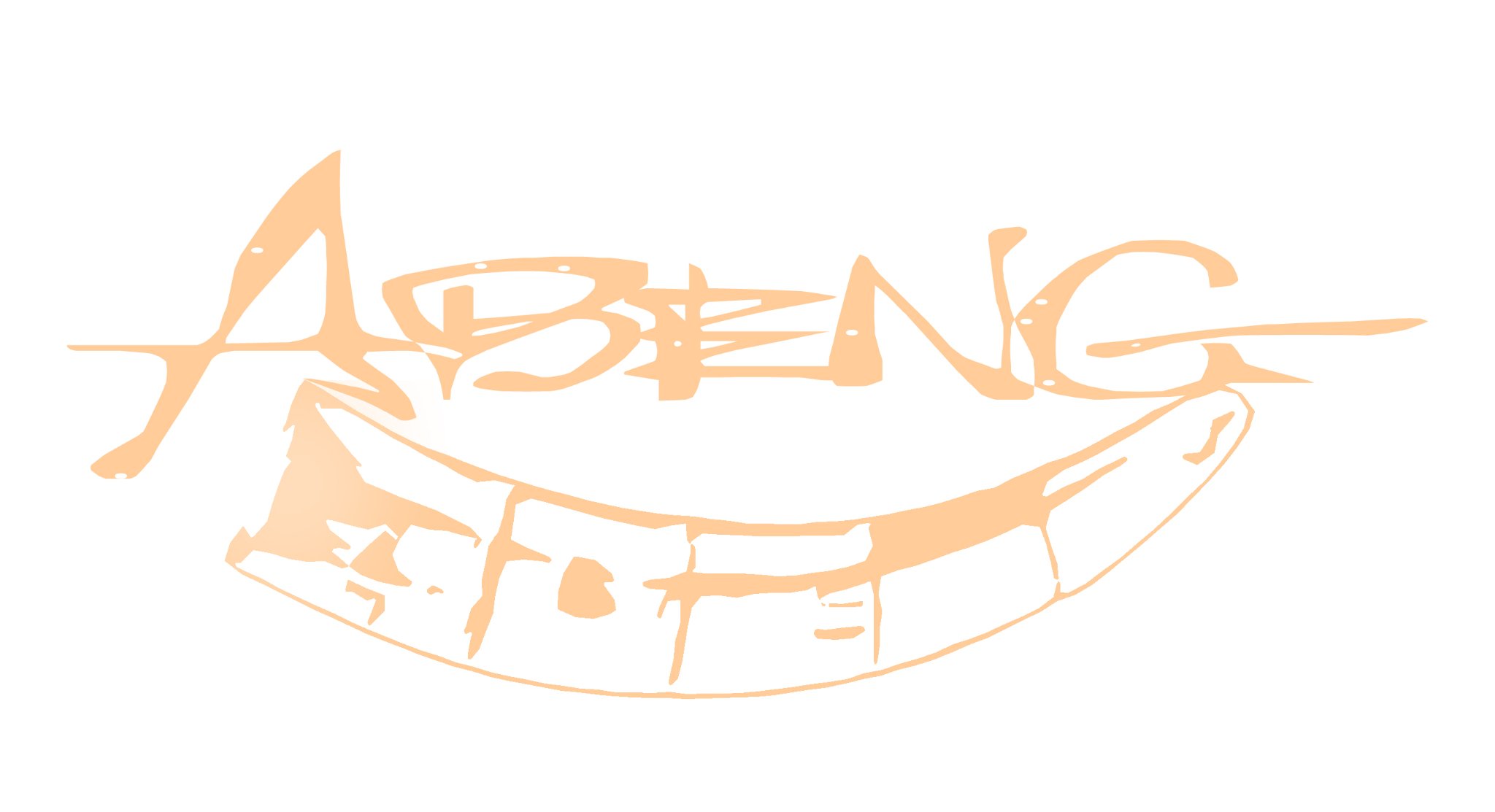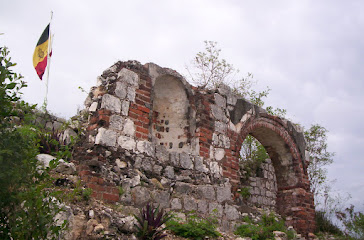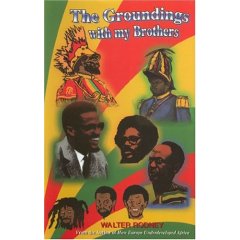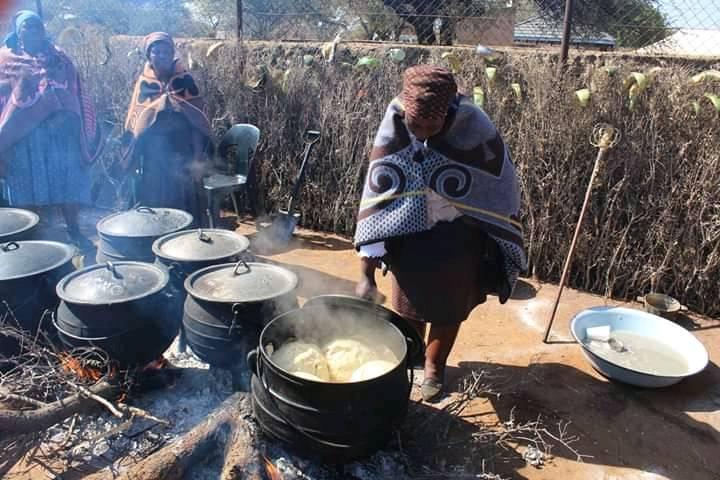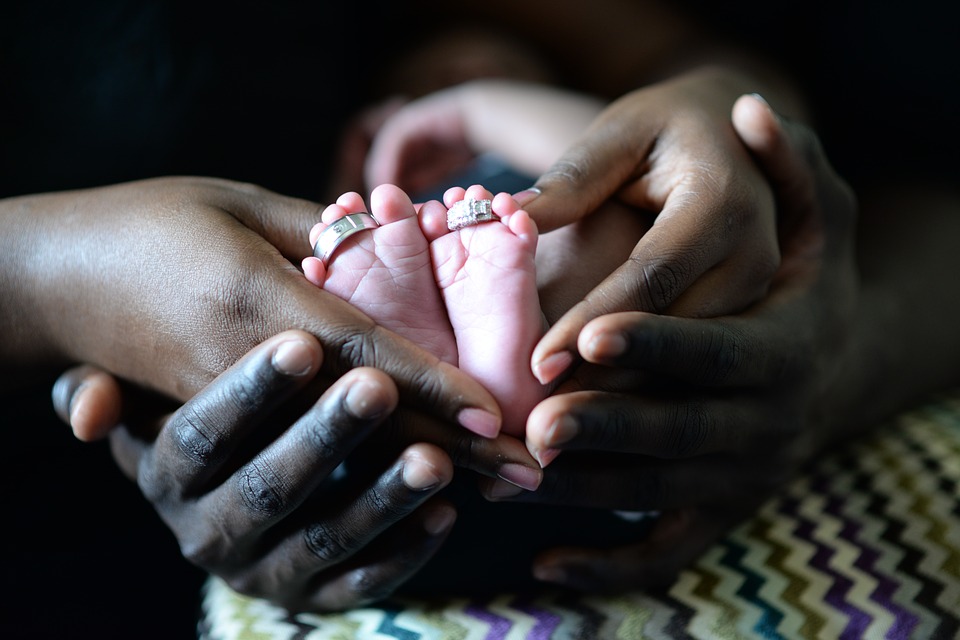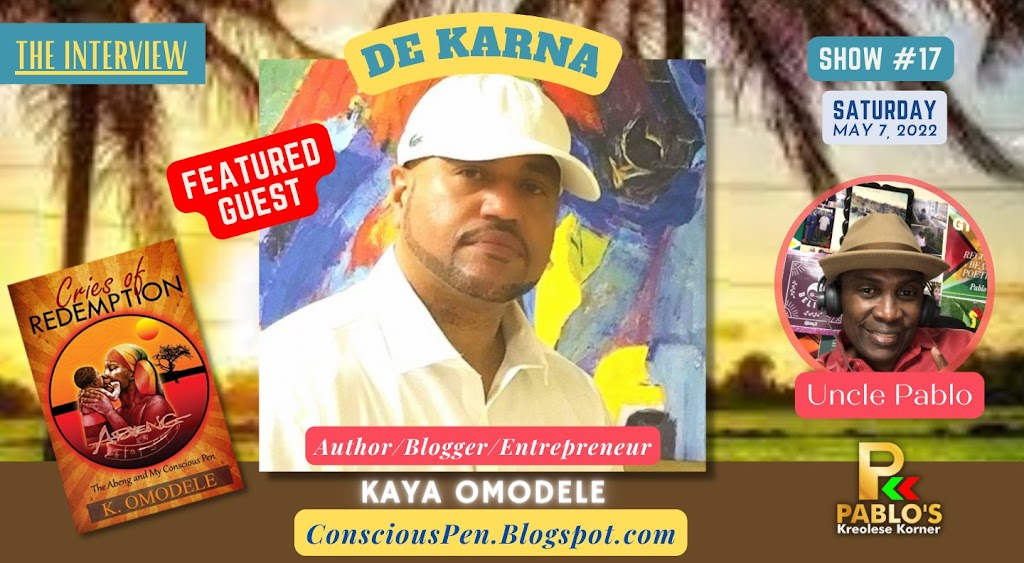The Oral Tradition of Story Telling
(Spoken Word in Dancehall)
By Kaya Omodele
(first published as Lyricist Chat for Method Mecca @ZigZee)
 The oral tradition of storytelling is intricately woven into African culture and throughout the ages griots/djeles/jelis have relayed didactic stories, ripe with history and moral values, from one generation to the next. Since many cultures in Africa had little or no written archives, these storytellers were revered, as it was they who transmitted the peoples’ history, knowledge, wisdom, and moral understanding. An essential component in African oral tradition is its integration of music, which has continued in various cultures throughout the African Diaspora.
The oral tradition of storytelling is intricately woven into African culture and throughout the ages griots/djeles/jelis have relayed didactic stories, ripe with history and moral values, from one generation to the next. Since many cultures in Africa had little or no written archives, these storytellers were revered, as it was they who transmitted the peoples’ history, knowledge, wisdom, and moral understanding. An essential component in African oral tradition is its integration of music, which has continued in various cultures throughout the African Diaspora.The spoken word aspect in dancehall, calypso, soca and other genres of Caribbean music communicates message, experience, social commentary and parody, much like the griots/djeles of old. And when it comes to dancehall, I rate an artist by lyrical content, first and foremost, even more than feeling the vibes of the song. Captivate me first with spoken imagery- make me think; then, the vibes in his/her style and flow can hold me.
Now don’t get me wrong, I have liked songs now and again, when the artist not really saying nuttn much, but he/her is riding the riddim with style. And sometimes a song will grow on me if the lyricist’s words have a great flow; because after all, it’s not just what you say, it’s also how you deliver. Like:
Ting-a-ling-a-ling, school bell ring/dee-jays’ ears cock-up when them hear boom riddim… – Shabba Ranking
However, I highly rate the spoken word-sound as power; and since lyricists are supposed to be masters of words, I hope dancehall artists will continue the oral tradition of storytelling. Dancehall culture should never stray from the early years when dee-jays were street commentators, reporting the mood of the people live from the street, relating their experiences and carrying the flame of the African griots, the original sounders of the oral tradition, spoken word.
